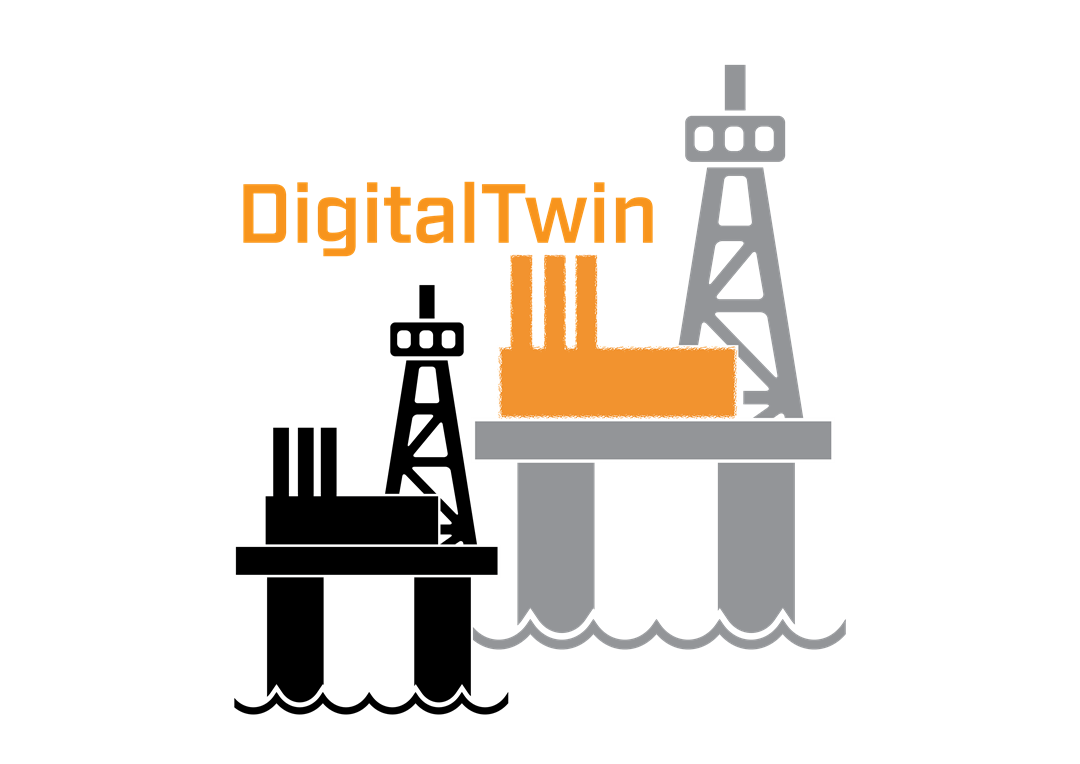The digital twin will be designed for use in greenfield applications to help simulate operations of bottoming cycles before installation as well as for brownfield cases, where existing bottoming cycles can be run in a more efficient way with higher operational reliability. This can result in more widespread implementation of steam cycles in offshore oil and gas production which will increase energy efficiency and reduce fuel consumption and CO2 emissions by up to 25%
Through close collaboration between researchers and end users as well as potential vendors, a mapping will be performed of the key physics models to be incorporated into a digital twin of a steam cycle. These can be both transient and thermal models and it is likely, in the future, that transient models will be more relevant, as the cycles may operate in conjunction with intermittent renewable energy sources like wind power. This means that the cycle will have to perform rapid start up when the wind dies down. Key questions include what are the important KPIs in the future systems.
Operational challenges may include increasingly variable heat and power demand which may trigger needs for more estimations of remaining lifetime, current equipment degradation rate and maintenance schedule.
Previously cracking of heat exchangers and other issues have led to poor operational reliability of offshore steam cycles. A digital twin will be able to simulate running of the steam cycle to optimize parameters and improve operational reliability, and will be useful both to the future offshore energy system and those that exist today. A novel early fault detection system will also be developed. At the core of this system will be a novel sensor scheme and a signal processing system. The work has started on the creation of a product specification for a digital twin, which will be submitted as a journal publication in 2022.
Research partners:
Industry partners:
- Equinor ASA
- ConocoPhillips Skandinavia AS
- Lundin Energy Norway AS
- Repsol Norge AS
- Vår Energi AS
- Wintershall DEA Norge AS
- Total E&P Norge AS
- Altera AS
- ABB AS
- Nexans Norway AS
- Aibel AS
Associate partners:
This is a Knowledge-building Project for Industry partly financed by the Research Council of Norway.

